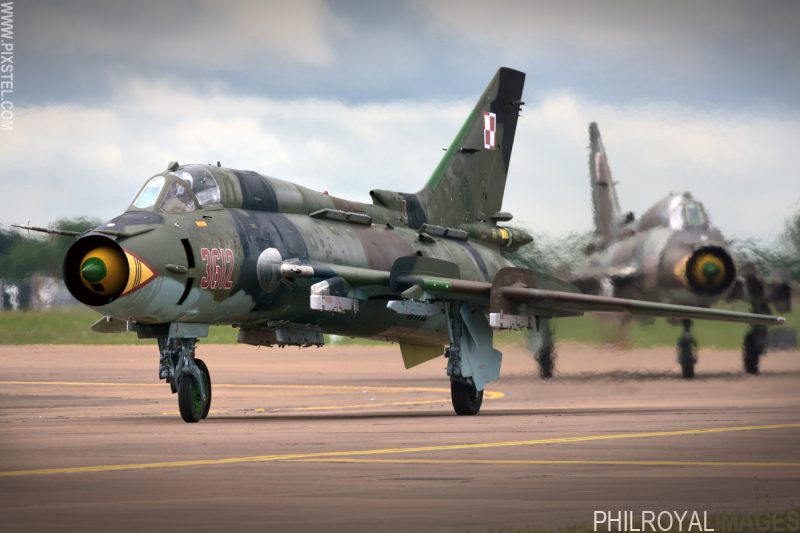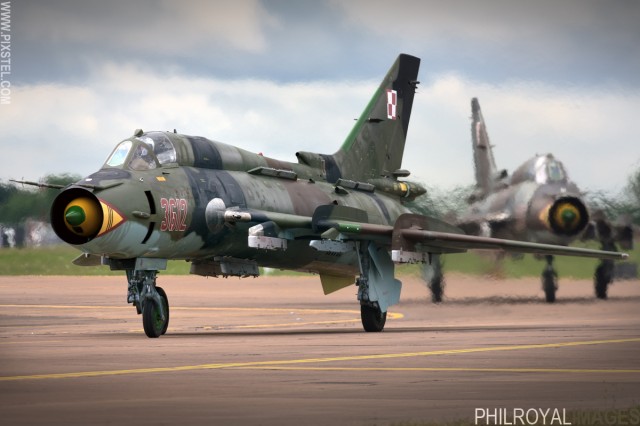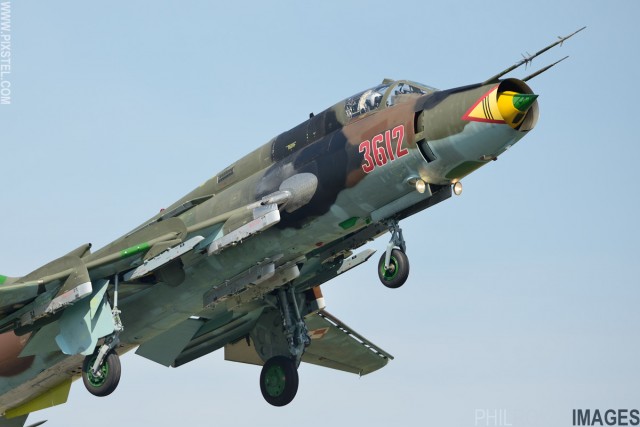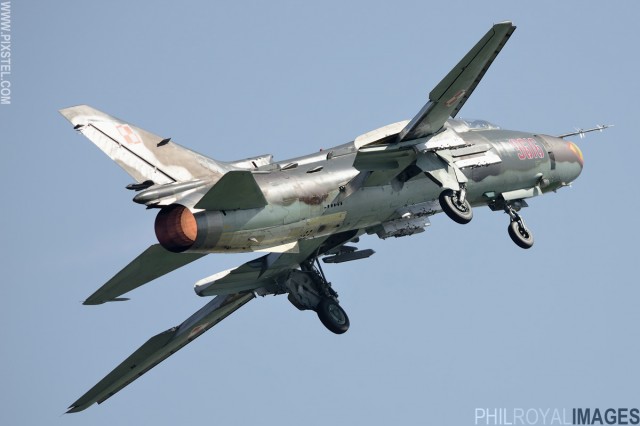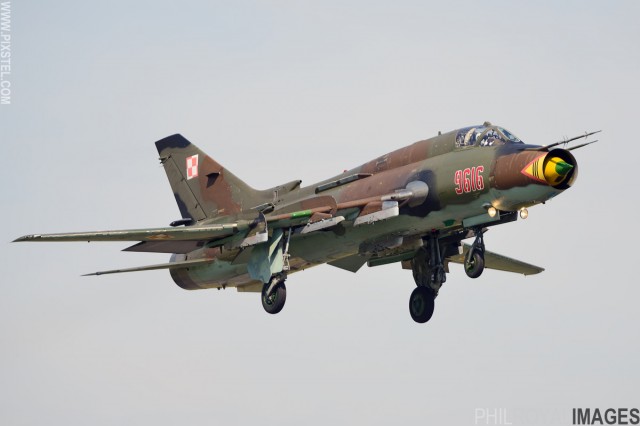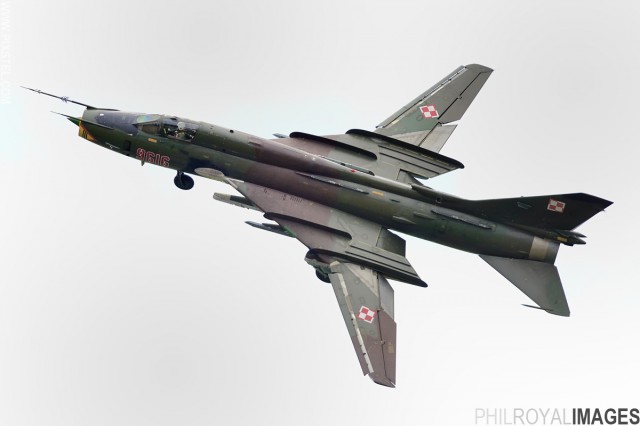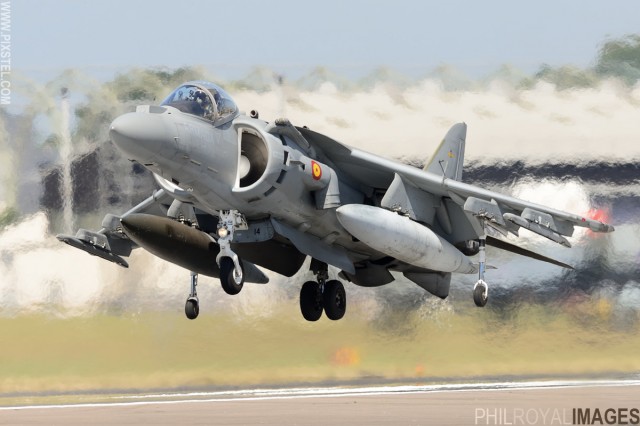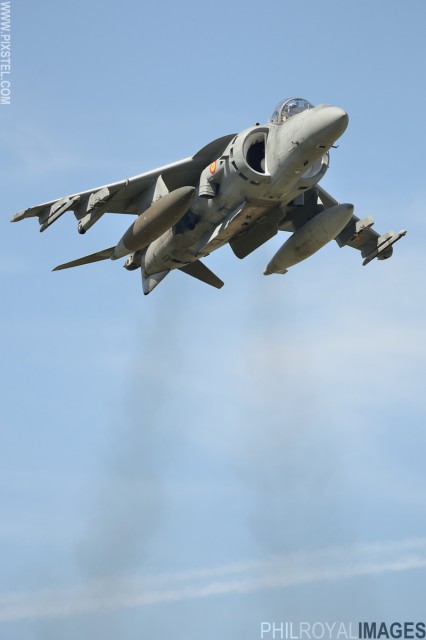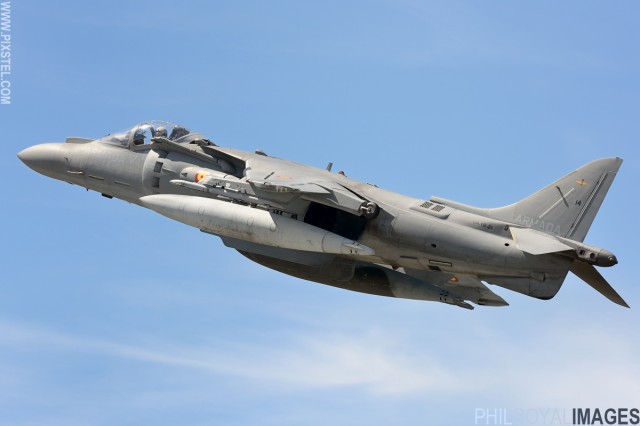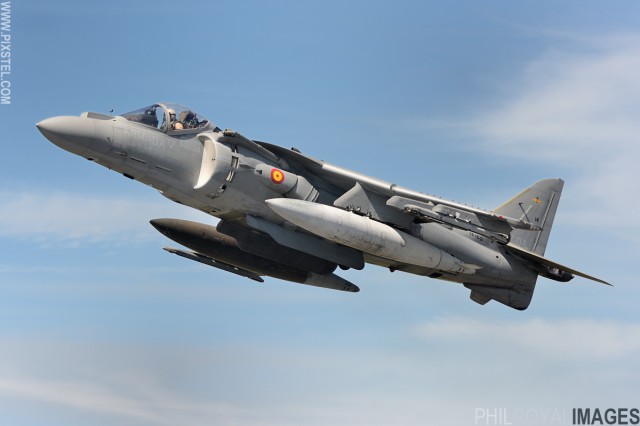By Phil Royal
With the 70th Anniversary of D-Day and the 100th Anniversary of the start of the Great War in the calendar, 2014 was always going to be a year to remember. For aviation enthusiasts, the tempo was ramped up even higher with the news that, for the first time in over 40 years, three Avro Lancasters would be together in one UK location, in RAF colours and with two aircraft in the air. To top that off, rumours became fact that the first excursion from US shores was planned for the new F35 Lightning II Joint Strike Fighter. With the withdrawal of the Harrier from RAF service in 2010, many enthusiasts were looking forward to seeing a fighter aircraft displaying again in the UK that could hover.
While the D-Day anniversary has now passed with appropriate respect and both the formal WW1 centenary is under way and the arrival of Lancaster KB726 from Canada is anticipated in early August, the F35 deployment to UK shores sadly degenerated into a comedy of Shakespearean proportions.
A number of the Short Take Off and Vertical Landing (STOVL) version of the F35 (the ‘B’ version) were scheduled to fly to the UK in early July to perform demonstrations at both the Royal International Air Tattoo (RIAT) at Fairford, and Farnborough International Airshow. One of the aircraft would be ‘BK-3’, an RAF example (we currently have three), with a further two machines from the US Marine Corps for static display – and arguably as spares. The F35B is planned to equip the new Queen Elizabeth Class Aircraft Carriers, and the schedule provided an opportunity for a flypast at the naming ceremony of the first of class, the Queen Elizabeth, on 4th of July.
The first problem for the forthcoming visit was that trials were showing the temperature and velocity of the F35B exhaust when in the hover was causing damage to carrier decks and runways, and so vertical-landing demonstrations would not be permitted. The aircraft would hover, but presumably at altitude and keeping on the move – well, we all love a photographic challenge. In early June, the entire F35 fleet was grounded due to an in flight oil leak on one aircraft, and then less than two weeks before departure to the UK an F35A (the conventional version of the aircraft) caught fire on take off at Elgin Air Force base in Florida. While the cause was soon found to be ware of an engine fan blade, the fleet was again grounded from July 3rd and time had finally run out for the UK visit. Given that the maximum flight duration prior to the trip was 5.8 hours and the flight to the UK would take seven hours with at least ten air to air refuels en route, it was always going to be a challenge. Even Lockheed Martin had expressed reservations as to reliability, which is presumably why three aircraft were scheduled to undertake the trip.
Some say that air show organisers have to have great foresight, and the organisers of RIAT and Farnborough both proved this to be true by pulling the proverbial bunny from the hat to make up for the missing F35’s, with rarely seen equipment from the Cold War era not just in ‘static’ but as core participants in the flying display for both events.
The Polish Air Force has an interesting mix of old Soviet and more modern Russian and Western airframes, and in 2013 RIAT was fortunate to have a display from a Polish AF MiG 29 Fulcrum. In 2014 they went one step further, and the show benefited from a display by two SU-22M4 Fitters. The SU-22 was the export version of the SU-17, and while the first Fitter flew in 1966 the aircraft in Polish service date from the early 1980’s. The Poles reportedly are not planning to phase out these aircraft for a number of years, as they consider the SU-22 to be easier to repair maintain than the MiG 29 and Lockheed Martin F16. Unsurprisingly the two aircraft flown to RIAT performed a faultless duo demonstration, with neither aircraft ‘going tech’.
Farnborough, meanwhile, came down on the Western side of the wall with their display highlight arguably being a Spanish Navy Harrier AV8B. The AV8B was developed by McDonnell Douglas from the first Hawker Siddeley Harrier, initially as a joint venture with BAe Systems until the Brits pulled out. The AV8B first flew in 1981, and subsequently went into service in 1985 with the US Marine Corps. The first Spanish Navy aircraft, termed VA-2 Matador II, were supplied in 1988 and supplemented in the mid-1990’s by the ‘plus’ version. At Farnborough the demo aircraft performed on three show days, hovering gracefully for a good long time, and it was a clear reminder of what a capable system the Harrier provides.
Now it depends who you talk to, but we have it on good authority that you can get yourself an F35B for a tad over £100m. Back in their day the later marks of AV8B cost around $20m or so each, and these aircraft continue in service with Italy, Spain and the USA (currently equipping six front line USMC attack squadrons, although all are due to be replaced by the F35B, eventually). And as for a Su22 back in ’66 – well, it probably cost about the same as a gallon of unleaded in today’s money.
It has been widely reported that the UK’s Harrier GR9 fleet of over 70 aircraft was sold to the US Marine Corps for £112m back in 2010, and in the 10 years prior to the sale we had invested around £600m in upgrading them. So considering reliability, availability, effectiveness and cost… am I alone in wondering if someone has made the wrong call here? At least the show organisers got it right.
